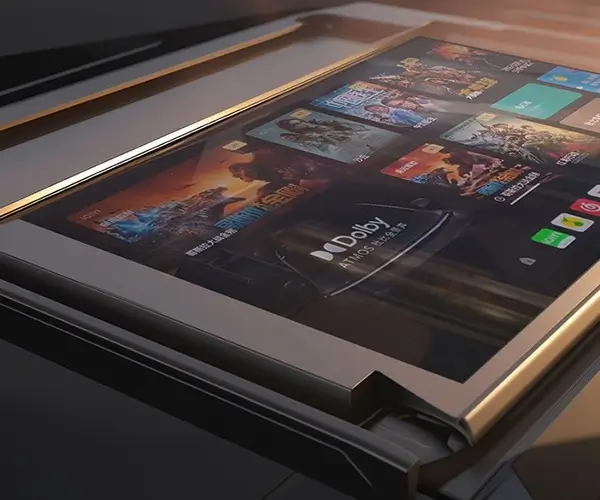Attaching a micro servo arm might sound like a simple task, but it’s one that requires attention to detail, the right tools, and a little patience. Whether you're working on a DIY robotics project or enhancing your model's movement system, getting the attachment just right is crucial. Today, we’ll walk through how to properly attach a micro servo arm and avoid common pitfalls that could lead to frustration later on.

Why Do You Need to Attach a Micro Servo Arm Properly?
If you’ve ever been caught in a situation where your servo arm keeps slipping off or doesn't seem to respond well, you know the importance of a solid attachment. The arm’s role is to translate the rotational movement of the servo into the mechanical movement of whatever you're building, whether it's a robotic limb or a moving part of a model. If the arm isn’t attached securely, you’ll notice imprecise or jerky motions.
Step 1: Choose the Right Servo Arm
Not all servo arms are created equal. Your micro servo may come with a variety of arms, and it’s essential to pick the one that best fits your project. Some servo arms are designed for specific tasks—like rotating a camera or controlling a robotic finger—so take a moment to consider the type of movement you want to achieve. A larger arm will provide more torque, while a smaller one can offer quicker, more precise movements.
Step 2: Fit the Arm onto the Servo
The next step is placing the servo arm onto the servo shaft. Micro servos typically have a small pin in the center of the shaft, and the arm should fit snugly onto this pin. There’s usually a small screw or bolt that you need to tighten to ensure the arm stays in place.
But here’s a little pro tip: before you tighten the screw, make sure the arm is oriented the way you want it. Most servos allow for easy adjustments, but once the screw is tightened, things can become a bit trickier.
Step 3: Tighten and Secure
Once you've positioned the arm, it’s time to secure it. Don’t over-tighten, though. You want to ensure the arm stays firm without damaging the servo’s plastic parts. If you feel resistance while tightening the screw, stop—tight enough is enough. Too much force could lead to cracks or even damage the internal gears of your servo.
Common Issues When Attaching a Micro Servo Arm
It’s normal to run into a few issues when attaching a servo arm, especially if this is your first time. Here are some of the most common problems and how to fix them:
The Arm Won’t Stay on the Servo: If your arm keeps slipping off, it could be due to a loose screw or a misalignment between the arm and the servo pin. Recheck the screw, and make sure the arm is pushed all the way onto the pin before tightening.
The Arm Moves Too Slowly or Not at All: If the arm isn’t moving as expected, it could be a problem with your power source or wiring. Check the connections and make sure your servo is receiving enough voltage.
Stripped Screws: This happens when you tighten the screw too much. If this occurs, you might need to replace the screw or, in extreme cases, the entire servo arm.
Final Thoughts
Attaching a micro servo arm may seem like a straightforward task, but doing it correctly can save you a lot of time and frustration down the road. With the right arm, proper alignment, and secure tightening, you'll ensure your servo performs at its best.
If you're looking for a reliable and high-quality option, consider exploring KPOWER's selection. Their micro servos come with durable arms designed to fit various needs, from robotics to model building. With the right products in hand and the proper technique, you’ll be well on your way to smooth, precise servo movements every time.
Established in 2005, Kpower has been dedicated to a professional compact motion unit manufacturer, headquartered in Dongguan, Guangdong Province, China. Leveraging innovations in modular drive technology, Kpower integrates high-performance motors, precision reducers, and multi-protocol control systems to provide efficient and customized smart drive system solutions. Kpower has delivered professional drive system solutions to over 500 enterprise clients globally with products covering various fields such as Smart Home Systems, Automatic Electronics, Robotics, Precision Agriculture, Drones, and Industrial Automation.




































